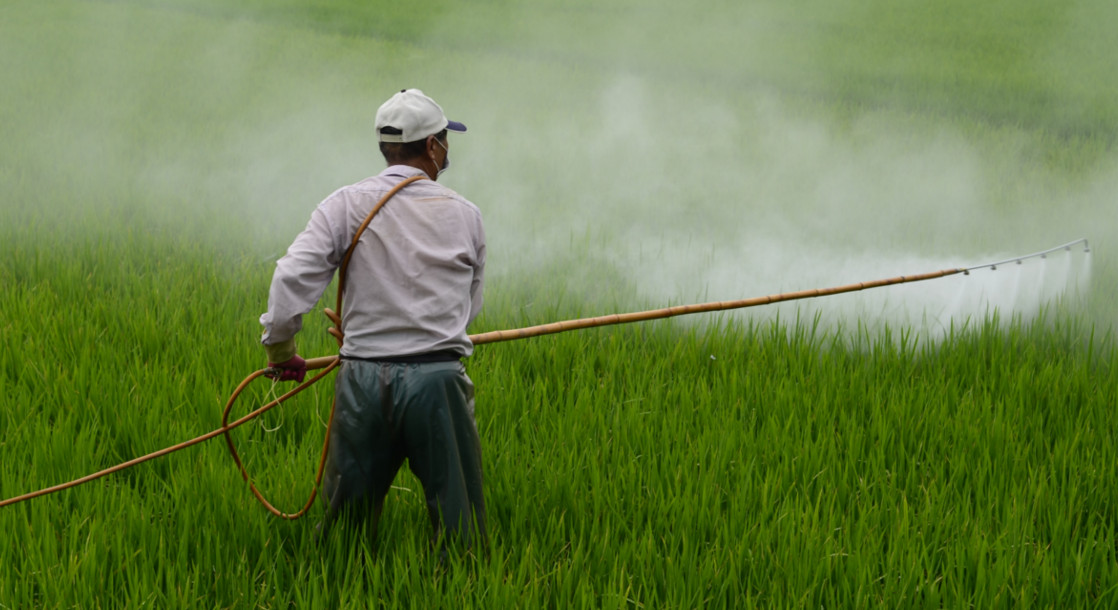Recreational cannabis products will be hitting the shelves of retail establishments throughout California next month, but testing firms are warning customers that this first crop of weed was grown without safety regulations in place. As a result, the state’s inaugural batch of fully legal marijuana may have greater levels of pesticide, mold, or contaminants than pot grown in more strictly regulated states like Colorado or Oregon. Medical cannabis has been available in California since 1996, but state officials never imposed regulations on how medical marijuana products should be tested, or what levels of potential contaminants should be permissible for public consumption.
Earlier this spring, cannabis testing firm Steep Hill Laboratories investigated 44 samples of medical cannabis products from various dispensaries in California and discovered that 93% of them contained levels of pesticides that exceeded the safety limits set by other canna-legal states. “Buyer beware,” said Donald Land — University of California chemistry professor and chief scientific consultant for Steep Hill — to the Associated Press. Land added that those buying weed in California “wrongly assume [cannabis products] have been tested for safety,” but “unfortunately, that's not true.”
The Golden State is currently implementing a full set of regulations for quality testing and acceptable contaminant levels, but the first crop of cannabis grown for recreational use was cultivated without these regulations in effect. Growers and retailers have six months to sell off any products that was grown prior to the implementation of the new regulations, as long as they label them as untested. “That’s one of the biggest reasons for regulation: to establish rules that protect public safety and improve the quality of the product,” said Alex Traverso, Bureau of Cannabis Control spokesman, to the Associated Press. “When people see a sticker that says ‘Not tested,’ at least they know and they can choose whether they want to purchase that or not.”
As the federal prohibition of marijuana prevents government agencies from establishing nationwide regulations on cannabis cultivation and sales, as they would for any other substance or product, states have been forced to devise their own rules. At one extreme, California's lax safety regulations up to this point have made it easier for entrepreneurs to break into the industry, at the possible expense of consumers who may be inhaling pesticides or mold. Some commercial growers have even admitted to using pesticides that are only approved for ornamental flowers, and products not made for human consumption.
At the other extreme, in highly regulated states like Oregon, safety restrictions are so tight that growers have repeatedly been forced to recall or destroy tainted crops at their own expense. Oregon's Health Authority requires that every batch of marijuana grown for consumption must be directly tested for pesticides, and allows officials to perform random tests on retail products. In March, a batch of cannabis had to be recalled by an Oregon cultivator after failing a pesticide test. The loss of contaminated crops is an expensive proposition for a cultivator that has invested time and money harvesting them, but is ultimately in the interest of consumer safety.
It’s only a matter of months before California growers whose crops fail to meet the new requirements face the same fate. But as L.A. dispensary owner Mike Winderman noted to the AP, this isn’t exactly a new dilemma: “I think it’s a little funny that this year everybody’s caring about pesticides. People have been smoking weed 30, 40, 50 years, and it’s never been an issue.”











